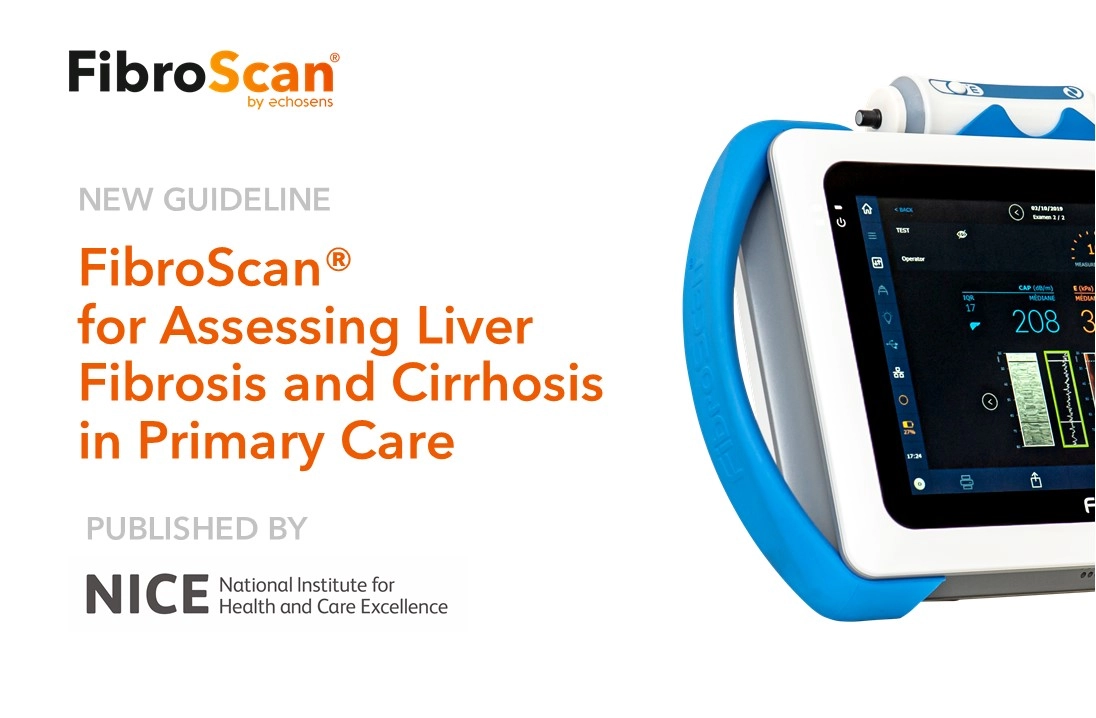These experts concurred that FibroScan® could provide a cost-effective way for the National Health System (NHS) to assess liver fibrosis and cirrhosis in primary care–reducing the need for treatment, referrals and biopsies, and improving accuracy and speed.
FibroScan® based scores, such as Fast™, combine direct measurements of liver stiffness and fat, as well as circulating biomarkers of inflammation, for a more cost-effective assessment of active fibrotic non-alcoholic steatohepatitis (NASH) in patients suspected of having non-alcoholic fatty liver disease (NAFLD), a spectrum of the disease characterized by the accumulation of lipids in liver cells not associated with the consumption of alcohol.
Interventional Therapy
As an interventional therapy, according to one NICE expert, FibroScan® helps primary care physicians and nurse specialists engage patients by demonstrating the results and outcomes as a value change that patients can visualize on a regular basis and give them confidence that their efforts have an impact.
The panel of NICE experts also agreed that other technologies fail to offer the same benefits as FibroScan®, which is highly portable, less expensive and requires minimal training time. NICE guidance supports the U.K. National Health Service for social care commissioners and staff who are considering using new medical devices and other medical or diagnostic technologies.
According to NICE advice, traditional approaches to assessing liver health non-invasively, such as MRI, CT, ultrasound acoustic radiation force impulse, shear wave elastography and blood biomarkers, as well as invasive liver biopsy, may not be accessible to the broader at-risk population or yield direct measurements.
Avoiding Specialist Care
Many patients with liver disease are asymptomatic but FibroScan® enables primary care physicians to provide a non-invasive way to examine liver health at the point of care. This technology can be used by anyone who has completed training, leading to patients requiring fewer hospital visits and reducing wait times at secondary care centers (urgent care).
According to MIB experts, 9 in 10 people sent to specialist care could have been managed in primary care, where patients can be identified for endoscopy or begin alcohol detox management to reduce emergency department visits.



